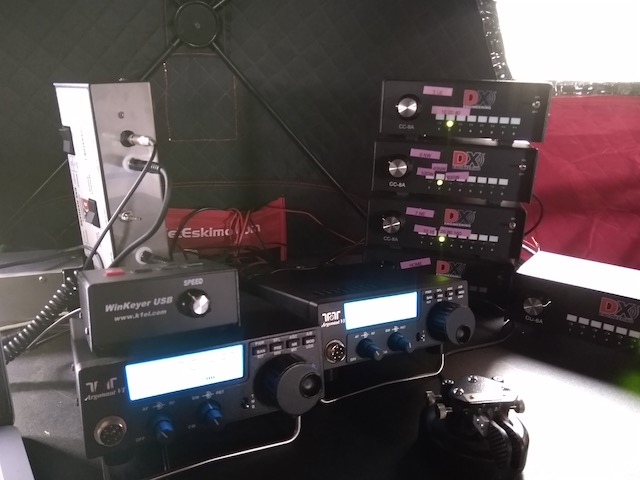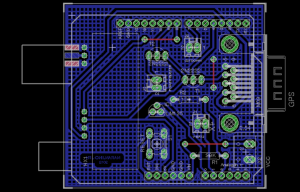notes
Cost estimates rising. I think we’re looking at around $700 possibly more. The balloon, parachute, and helium costs are fixed. Need a source of helium. Might try the sun.
Tracking options:
- Commercial service like Spot messenger GPS. $100 plus annual service fee of $150
- Amateur RTTY + GPS – Have built a prototype using arduino. cost will be about $120 – but arduino can be used for many other purposes. Can be tracked by anyone with 70cm receiver. ie., all hams.
- Amateur APRS – Allows worldwide automatic tracking via APRS network. Cost will run about $250 but provides the most extensive automated tracking network possible. Recommend using Byonics equipment for this.
- Xbee 900mhz 9600 baud radios (from Sparkfun electronics) These radios provide accurate long range tracking, and interface easily with arduino. Down side is that nobody else can track the flight.
- Emergency GPS tracker units. Like the ones that skiers use. Haven’t priced these but they would provide a way to find the payload long after it lands.
Sensors:
Recommended sensors would include temperature, pressure, altitude, light levels. These should be fairly inexpensive and can be connected to Arduino
Cameras:
Originally I had wanted to have some kind of live web cam thing, but it appears to require extremely high rate of radio transmission which means live tracking with a mobile unit that has a high gain antenna with programmable azimuth and elevation.
So… logistically, the easiest alternatives then involve the need to recover the payload. These include
- ordinary camera which is triggered at regular time intervals
- video camera which runs all the time
- web cam hooked to a raspberry pi which saves data to SD card
- web cam/ sd card combo controlled by arduino – more difficult.

